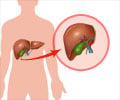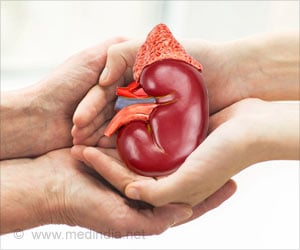Functional, transplantable rat liver grafts have been developed by a team led by researchers from the Center for Engineering in Medicine at Massachusetts General Hospital (MGH).

The researchers used the structural tissue of rat livers as scaffolding for the growth of tissue regenerated from liver cells introduced through a novel reseeding process.
Lead author Basak Uygun, research associate at the MGH Center for Engineering in Medicine (MGH-CEM), said: "Having the detailed microvasculature of the liver within a biocompatible, natural scaffold is a major advantage to growing liver tissue in a synthetic environment.
"Our technique of 'decellularizing' organs leaves the vascular system intact, which facilitates repopulation of the structural matrix and the subsequent survival and function of the introduced liver cells."
Liver transplantation is the only effective treatment for liver failure but is greatly limited by the shortage of donor organs.
The shortage of donor livers and other organs is a major force behind the emerging field of tissue engineering and regenerative medicine.
Advertisement
The current study is a refinement of an approach to re-engineering replacement rat hearts that was reported in 2008 by University of Minnesota researchers.
Advertisement
After the cells were removed, the lobular structure of the liver and its extracellular matrix remained.
Containing specific biochemical signals and cues that would direct liver cells to travel to the correct location and resume function - something quite difficult to replicate using synthetic methods - the matrix also maintained the organ's intricate network of blood vessels.
Another novel technique was used to reintroduce hepatocytes, the cells that carry out most of the liver's primary functions, into the decellularized matrix.
The MGH-CEM approach actually caused cells to penetrate the vascular network and become embedded in the matrix, leaving major vessels clear to carry the essential blood supply.
The repopulated matrix displayed normal liver function for up to 10 days in culture, and recellularized grafts were successfully connected to the circulation of live rats with minimal cellular damage and normal hepatocyte function.
Senior author Korkut Uygun, of the MGH-CEM, said: "As far as we know, a transplantable liver graft has never been constructed in a laboratory setting before.
"Even though this is very exciting and promising, it is a proof-of-concept study only. Much more work will be required to make long-term functional liver grafts that can actually be transplanted into humans. We haven't been able to go beyond several hours in the rats, but it's a great start."
Co-author Martin Yarmush, director of the MGH-CEM, said: "There is great potential for constructing full-fledged liver lobes containing animal or human cells, but several thorny issues must first be tackled, including formation of a layer of endothelial cells to line graft blood vessels.
"Given enough careful work, this approach could ultimately revolutionize tissue engineering and provide real working grafts for the liver and other complex tissues."
The study appears in Nature Medicine.
Source-ANI








